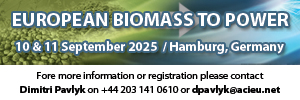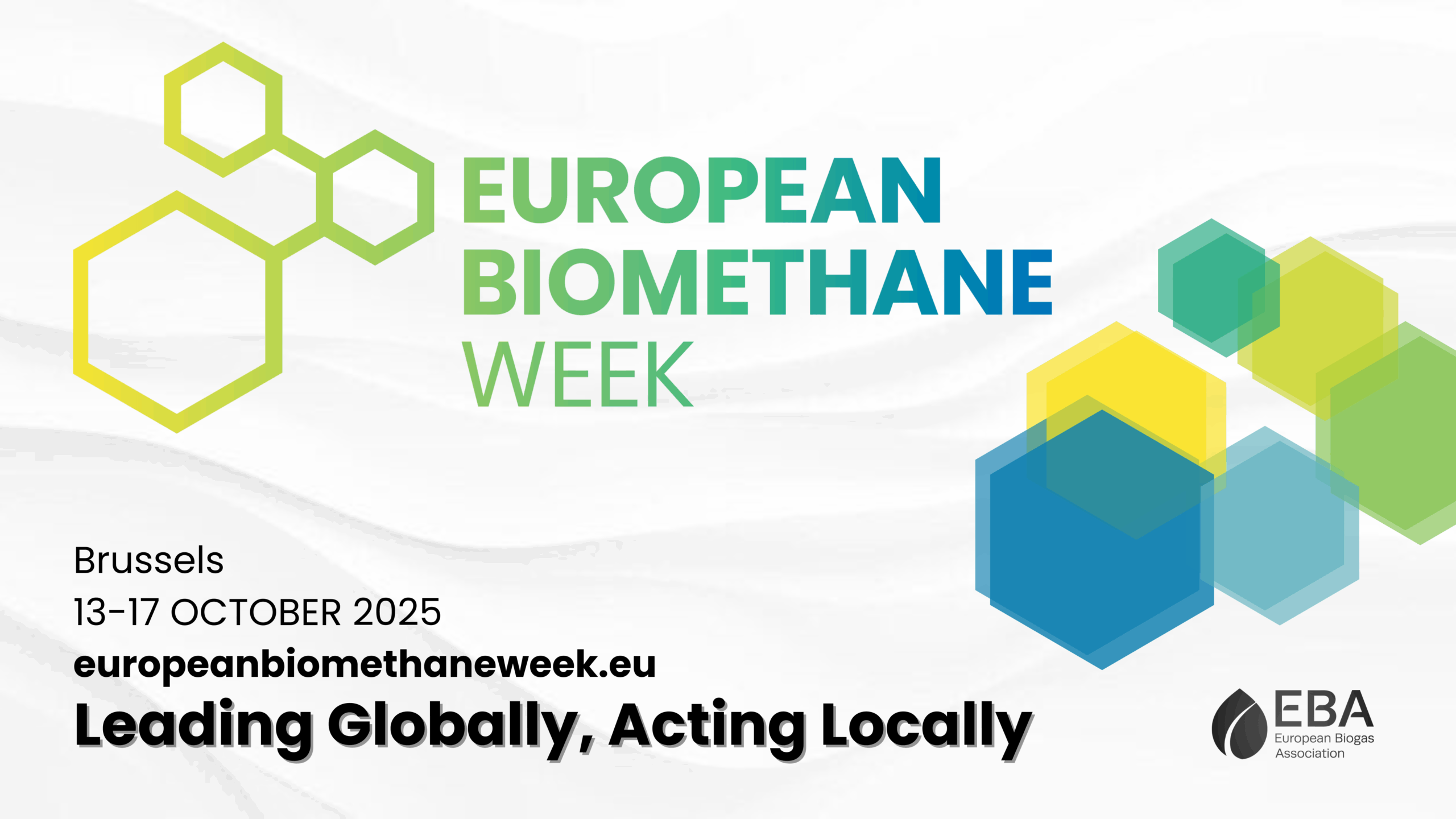California creamery and BMW collaborate on dairy waste-to-biogas project for EVs
The collaboration uses a new pathway that uses biogas to create electricity to charge EVs. According to Straus Organic Dairy Farm, it’s the first of its kind in the automotive industry. Through the Low Carbon Fuel Standard (LCFS) programme, they are creating renewable energy with negative carbon intensity.
“With the current climate change crisis, the relationship that we’re forging with BMW is essential,” said Albert Straus, founder and CEO of Straus Family Creamery. “Not only will this help farmers in rural communities, but partnerships like these are critical to help the planet.”
Bernhard Kuhnt, president and CEO of BMW North America, said: “This collaboration is the first of its kind in the auto industry. It is a perfect fit for the BMW Group, which has long valued creative technologies and partnerships that can contribute to reducing greenhouse gas (GHG) emissions.”
The LCFS programme helps to meet the urgent need to decrease GHG emissions in the transport and farming industries, allowing dairy farmers to access a new revenue stream while reducing emissions. The programme forms part of California’s Global Warming Solutions Act (AB32) and was created to reduce carbon intensity in the transport sector by 10% by 2020.
According to Straus Family Creamery, methane digesters can cost anywhere between $500,000 (€449,000) and $2 million (€1.79 million)– a huge investment for small organic farms. However, under the LCFS programme, a dairy farm can earn from five to 10 times more revenue for selling their renewable energy credits compared to a standard power purchase agreement with a utility buyer, making it much more likely that small-scale farmers will invest. The existing operating methane digester at the Straus Organic Dairy Farm reduces methane emissions by 1,600 metric tonnes of CO2e annually.
Adam Langton, BMW energy manager, said: “When BMW set out to make electric vehicles, we intended to make sustainability a core design element that extended beyond the vehicle itself. Now, we’re making the electricity that goes into our vehicles as clean as possible while helping to support the state’s farming and food system.”

















